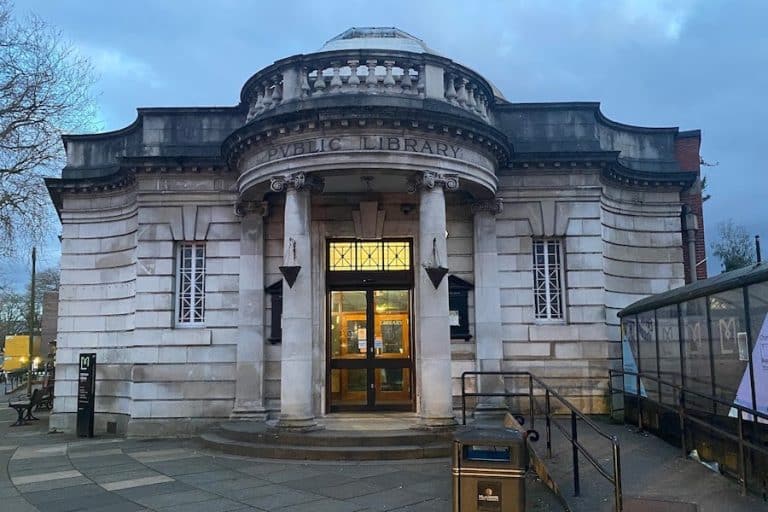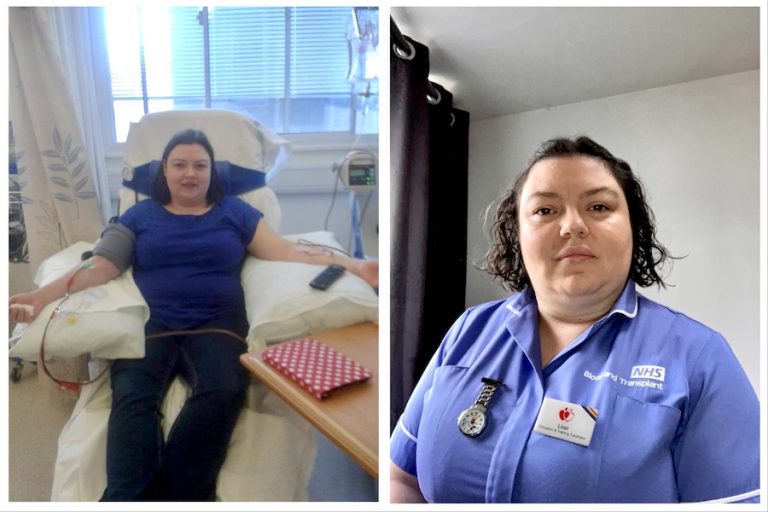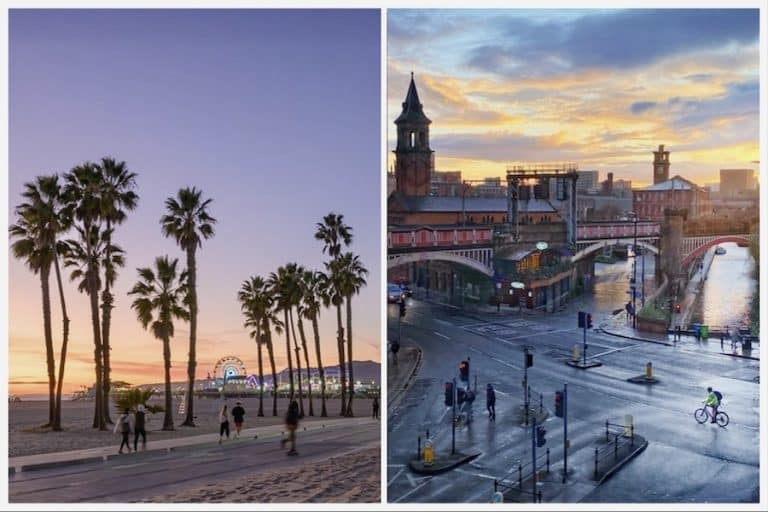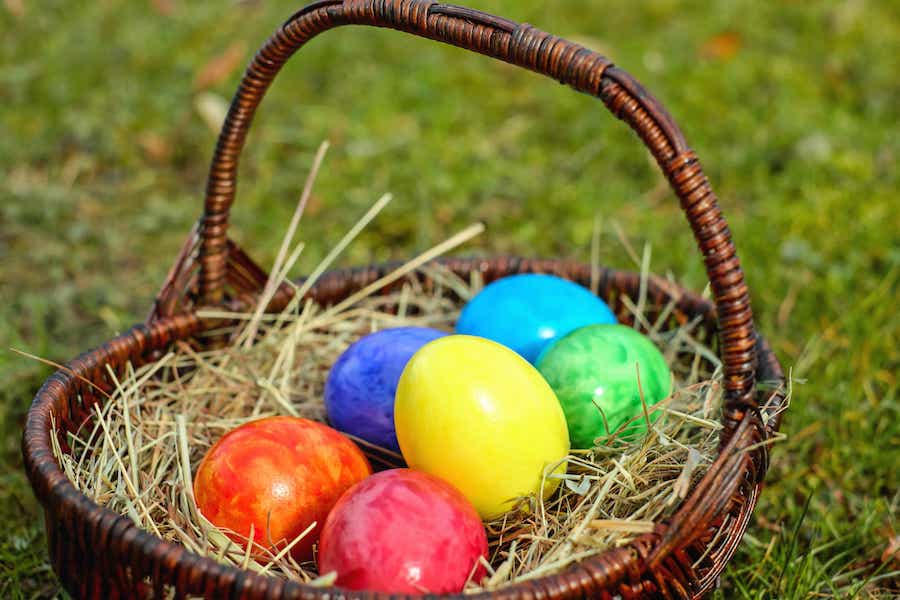The Romans and proof of when they first came to Manchester
- Written by Ed Glinert
- Last updated 1 year ago
- Cornerstone, Culture, History

The Romans first came to Manchester in the year 79AD. Their settlement was not an important or large one, but it did lie at a crossroads of major routes leading from Chester to York and Ribchester (between Preston and Blackburn) to Buxton.
Three major forts were constructed over the centuries, with a civilian settlement alongside (to the east of where the Museum of Science and Industry now stands), before they left the area around the year 400.
Clearly, there were Christians in late 2nd century Manchester at a time when Rome was still worshipping the god Mithras. But it would not be until the year 312 that Rome would adopt the new religion.
One piece of authentic Roman masonry survives in its original position in Manchester. It is a block of stone, about a foot high and a few wide, dating from around the year 200. It can be found by turning left at the end of Collier Street under Arch 95 of the Manchester, South Junction and Altrincham Railway.
How it has survived is a miracle, as nothing else similar has, although the Earl of Ellesmere did urge workmen to save what they could when the railway lines were built in the mid-19th century.
The great historian A J P Taylor once described the relic as “the least interesting Roman remains in Britain”.
For decades the block was enclosed in land belonging to a timber firm. The owners would charge “10 bob (50p) to see the Roman wall”.
When they moved out in the 1980s, the site was locked up behind two sets of impenetrable barriers because the council was concerned people might damage it, might splice slivers away, like with the Berlin Wall, destroying it.
Now, a car park has been built on the site so it is accessible, although the block remains behind a sturdy metal fence.
One of the main differences between the Roman invaders and the indigenous population was that the former could write and left evidence. The latter, as far as we know, couldn’t.
A series of excavations carried out since 1970 before the construction of new roads or buildings have unearthed a few treasures.
On 12 April 2008, archaeology student Sarah Duffy found a well-preserved three feet high altar stone by the junction of Great Jackson Street and Chester Road – the location, ironically, where the newest, tallest tower blocks in Manchester’s history are being built.
In full, the inscription on the altar reads:
DEABUS MATRIBUS
HANANEFTIS
ET OLLOTOTIS
AELIUS VICTOR
V.S.L.L.M [v(otum) s(olvit) l(aetus) l(ibens) m(erito)]
Translated: To the mother goddesses, the Hananeftae and the Ollototae, Aelius Victor gladly, willingly and deservedly fulfilled his vow.
It was the first time in nearly 400 years that archaeologists were able to put a name to a local Roman solider.
To find out more about the history of the city through its sites, signs, symbols, statues, settings, join tour guide and author Ed Glinert on one of his New Manchester Walks. More information on the website.
- This article was last updated 1 year ago.
- It was first published on 8 February 2019 and is subject to be updated from time to time. Please refresh or return to see the latest version.
Did we miss something? Let us know: press@ilovemanchester.com
Want to be the first to receive all the latest news stories, what’s on and events from the heart of Manchester? Sign up here.
Manchester is a successful city, but many people suffer. I Love Manchester helps raise awareness and funds to help improve the lives and prospects of people across Greater Manchester – and we can’t do it without your help. So please support us with what you can so we can continue to spread the love. Thank you in advance!
An email you’ll love. Subscribe to our newsletter to get the latest news stories delivered direct to your inbox.
Got a story worth sharing?
What’s the story? We are all ears when it comes to positive news and inspiring stories. You can send story ideas to press@ilovemanchester.com
While we can’t guarantee to publish everything, we will always consider any enquiry or idea that promotes:
- Independent new openings
- Human interest
- Not-for-profit organisations
- Community Interest Companies (CiCs) and projects
- Charities and charitable initiatives
- Affordability and offers saving people over 20%
For anything else, don’t hesitate to get in touch with us about advertorials (from £350+VAT) and advertising opportunities: advertise@ilovemanchester.com

Chorlton Library gets a stunning renovation unveiling hidden treasures

How one selfless act sparked a career dedicated to saving lives

Former sheltered housing transformed into safe haven for vulnerable youth


Manchester and Los Angeles prove that opposites really do attract

















